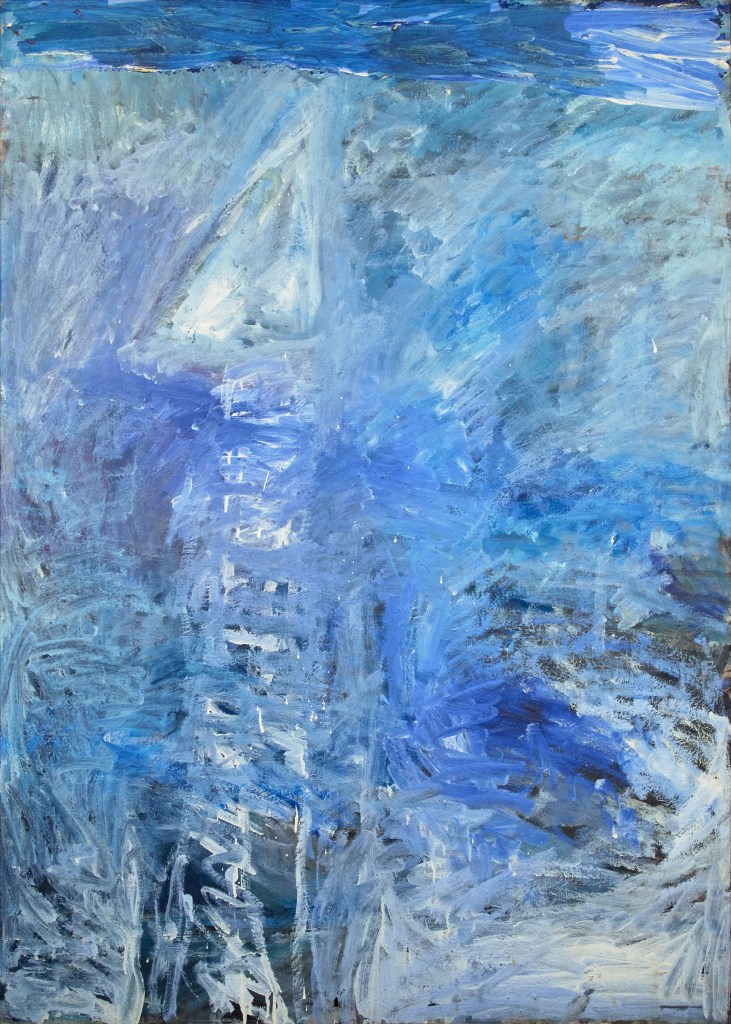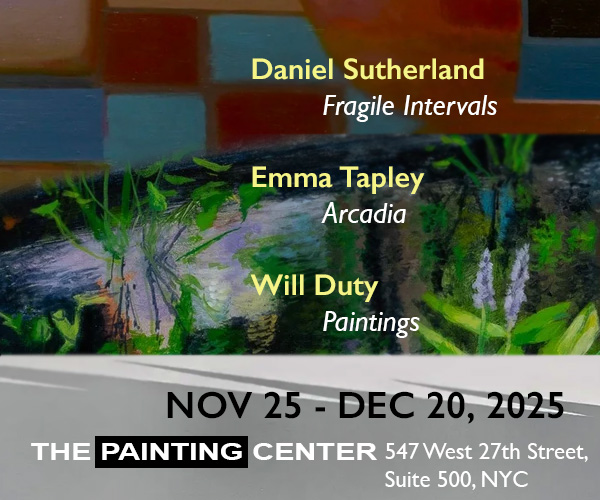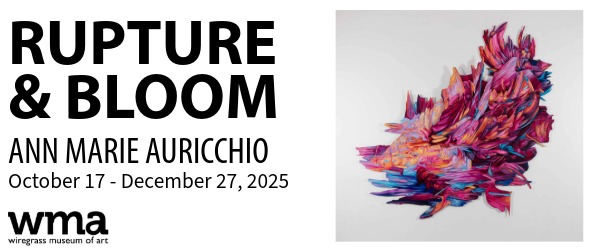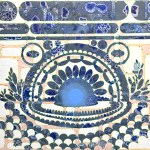
Contributed by David Carrier / Painting with a loaded brush to create heavy layers of pigment by juxtaposing strands of varied colors is a distinctive, philosophically interesting art form. Eugène Leroy (1920–2000), a notable practitioner of it, had real doubt about the validity of the very act of making paintings. So did Alberto Giacometti. They asked when an artwork was finished, and answering the question is a particularly stiff challenge for one who wields a loaded brush. Such an artist tends to feel compelled keep painting until he or she can “get it right,” which may never happen. Repainting, of course, can also simply manifest love of the activity, and the desire that it never end.

Meyer Schapiro proclaimed Gandy Brodie (1924–1975) – who was one of the best painters of his generation – a master of the loaded brush. The small exhibition of his work at Steven Harvey Fine Art Projects validates the claim. In Where Shall We Live When the World Grows Dark, Brodie’s enigmatic nighttime vision of Provincetown, where he once lived, it is devilishly difficult to identify the point of view. We face the side of a triangular house and look down onto boats in bay waters on either side of it.

In the large horizontal Post No Ills, the layering of the dark paint, broken by heavy white lines of mortar, conjures the oft-repainted tenement walls of the Lower East Side of Manhattan, where Brodie was born and where Steven Harvey’s gallery is now located. Here you seem to be facing an ancient urban wall with a time-worn command – “Post No Bills” – written in heavy black lines. “If I want to feel haunted,” Brodie said, “there’s the Lower East Side.” His painting blends bottomlessly suggestive personal memories with a rich cultural and artistic heritage. His sensibility subsumes an astonishing reverence for ordinary things: he renders banal subjects radiant.

After Van Gogh, a remarkable picture, depicts a flower’s struggles, as it were, thrusting to make its way through a heavily worked field of blue and yellow pigment. Just nine by seven inches, this tiny piece contains all the rich painterly contrasts one might find in a large expressionist landscape. Then, in Butcher Boy, a young workman dressed all in white stands before another dark wall. You see the immense dignity of this working person, who stares straight out at the viewer. If Chaim Soutine had survived and moved to the Lower East side, he might have painted figures like this.

At least two things stand out about Brodie. The first is simply how good a painter he was. In his paintings of objects and people, the subjects are almost submerged in pigment, but they never perish. The second is how assiduously he refrains from repeating himself or recycling chosen motifs. His subjects are blessedly varied, his compositions resolutely diverse. Nowadays a fashionable Chelsea artist who developed an eye-catching motif like any one of those in “Haven” would likely reiterate it a dozen times, perhaps in different colors, mining it to exhaustion. But Brodie lived in a different art world, in an era of hand-made painting.
His heavy, expressive layering makes his quasi-figurative pictures appear ancient and reflects the long, arduous process of seeking the right image. A clear danger is that if the artist goes too far, the image will be lost. Balzac’s short story “The Unknown Masterpiece” portrayed a painter whose obsessive reworking turned his picture into a mass of hopelessly confused and unintelligible forms. No wonder it fascinated many artists of Brodie’s generation. Brodie himself seemed to regard it as a challenge – one that he impressively met.
“Gandy Brodie: Haven,” Steven Harvey Fine Art Projects, 208 Forsyth Street, New York. Through October 28, 2023.
About the author: David Carrier is a former professor at Carnegie Mellon University; Getty Scholar; and Clark Fellow. He has lectured in China, Europe, India, Japan, New Zealand, and North America. He has published catalogue essays for many museums and art criticism for Apollo, artcritical, Artforum, Artus, and Burlington Magazine. He has also been a guest editor for The Brooklyn Rail and is a regular contributor to Two Coats of Paint.























Exciting work for those of us who love PAINT!
A rewarding show! Brodie’s painterly paintings are surprisingly original and deeply authentic.